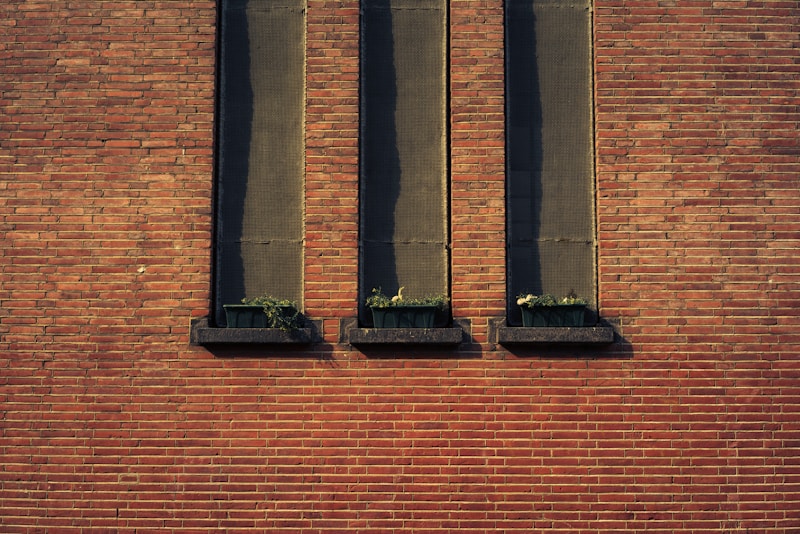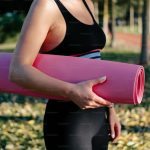There are lots of things that feel long about this pandemic. There are long lockdowns, long queues for the supermarkets, long waits to be vaccinated and long gaps between seeing our friends and family.
But one of the many human tolls of Covid-19 is the condition termed ‘long Covid’.
As yoga teachers and practitioners, this is a condition that we will all have to learn about, perhaps even for ourselves, so here’s what we know so far.
The Facts
As we all now know, Covid-19 is no ordinary virus – it’s not ‘just the flu’. As well as the sadly deadly outcome for some patients, people that have contracted the virus can go on to suffer a variety of symptoms for the weeks and months following the initial illness.
The numbers of those affected by long Covid are still emerging, but research suggests around one in five people who test positive for Covid-19 have symptoms for five weeks or longer. For around one in ten people, they last twelve weeks or longer.
According to the Covid Symptom Study App, the chances of contracting long Covid are increased if you suffered from all five major symptoms of Covid-19 in the initial phases; these are a cough, fatigue, headache, diarrhoea and loss of sense of smell and taste. The chances are also increased if you are a woman, over 50, or asthmatic.
What is it?
Long Covid can encompass a whole range of long-term symptoms that range from extreme fatigue, aching joints, palpitations, a persistent cough, headaches, nausea, chest pain, and many more.
However, these can change over time and may also be different for each person. Those who are suffering from the condition are having to feel their way in the dark as medical professionals are still determining how best to treat it. Gerda Bayliss, an Iyengar yoga teacher, has suffered from the condition since she had Covid-19 in March last year. She says, “long Covid presents differently and somebody in month two could feel massively different to someone in month ten.”
Can Yoga Help?
The answer to this is yes, with a note to approach each case with caution.
When breathing is an issue, the most important thing is to make sure that breathing is as easy as possible. In the ICU departments in hospitals, medical staff have found that ‘proning’ patients helps them to breathe more easily. This means that teams of doctors and nurses are turning patients onto their fronts to allow the lungs space in the back chest cavity.
With this in mind, any poses that involve lying flat on their backs are likely to be unhelpful. Gerda again: “It was very tricky at the beginning as I really struggled to lie flat on my back at all (even with bolsters) as I had difficulty breathing or my heart rate would increase.”
It’s likely that yoga students won’t be coming back to regular classes until they feel strong enough to breathe without struggling, but it’s helpful to be aware of. Plus, you may well have friends and family that have the condition.
What Poses are Best for Long Covid?
Supported poses that help the back body to open could be helpful. Examples are supported Adho Mukha Virasana (child’s pose) over a bolster and supported Ardha Uttanasana (half forward fold) over a table with blankets.
As sufferers get stronger, they could stick to simple poses, such as; Uttanasana (forward fold), Adho Mukha Svanasana (downward dog), Prasarita Padottanasana (wide-legged forward bend), Baddha Konasana (bound angle pose) and Upavista Konasana (wide-angle seated forward bend).
Certainly, it would be a good idea to stick to a restorative and quiet asana practice, as rushing back to a full rocket yoga (for example) practice too soon may well cause the sufferer to relapse.
What about Pranayama?
It makes sense that breathwork would help to strengthen the lungs. But this comes (again) with a note of caution. Covid-19 can cause scarring of the delicate lung tissue and any forceful breathing may add to this damage.
At the early stages only breath awareness would be advisable, mainly to alleviate any anxiety triggered by the symptoms.
Gerda says, “Pranayama has been hugely helpful with the recovery of my lungs but only once my breathing improved. Up until around month five or six just working on how to support myself to breathe was enough.”
What are the chances of a full recovery from Long Covid?
Gerda has a note of caution and optimism: “I would encourage anyone with Long Covid to keep up the yoga but to use plenty of support, and to go slow. Yoga has been so helpful with my recovery, and even when it hadn’t always eased the symptoms it has eased the anxiety that surrounds these symptoms, and it has helped me cope with having a relentless illness that is not yet understood or often recognised medically.”













